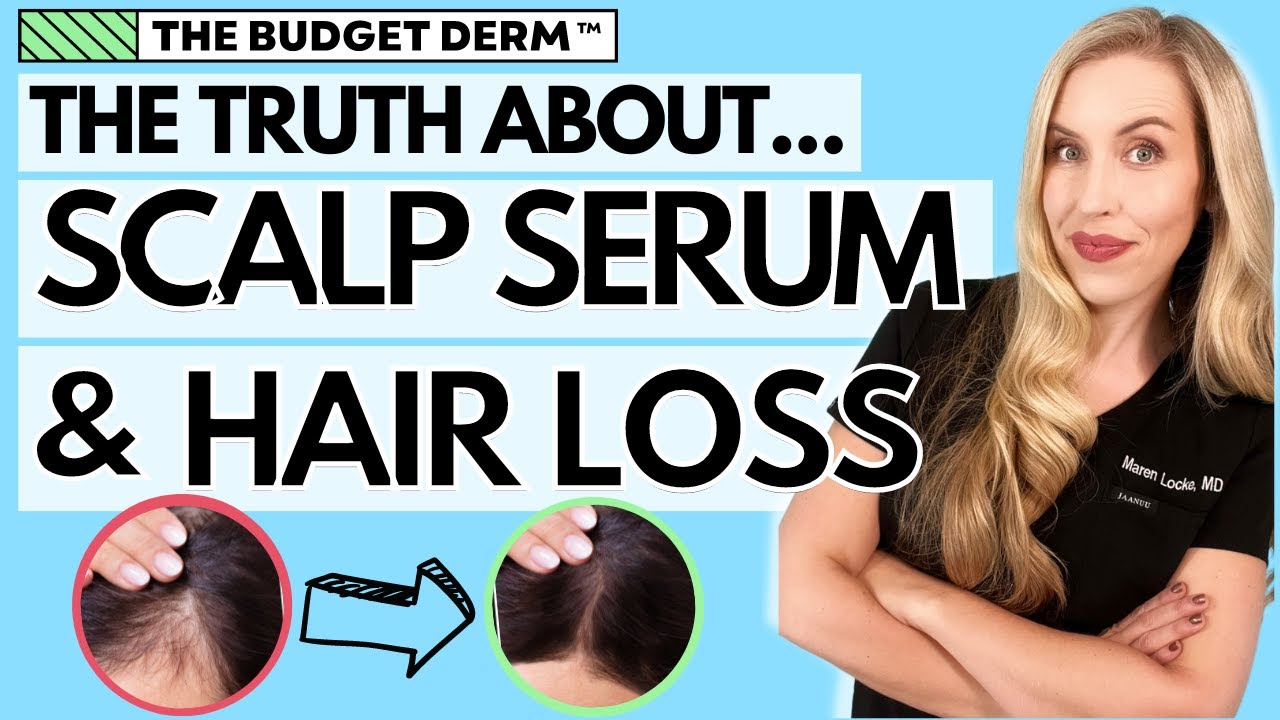Permanent vs Temporary Diffuse Hair Loss and Telogen Effluvium. How to differentiate?
Summary
TLDRIn this informative video, Matt delves into diffuse hair loss, detailing three main types: short-term telogen effluvium, chronic telogen effluvium, and androgenetic alopecia. He explains how short-term hair loss, often triggered by stressors, resolves on its own, while chronic telogen effluvium requires addressing underlying medical issues. Androgenetic alopecia, a permanent condition characterized by thinning hair, is influenced by genetics and hormones like DHT. Matt stresses the importance of recognizing these differences for effective treatment and invites viewers to access more resources on his website, including a free ebook and personalized consultations.
Takeaways
- 😀 Diffuse hair loss can be categorized into three types: short-term, chronic, and permanent.
- 📅 Short-term diffuse hair loss, often triggered by stressors like pregnancy or crash dieting, is self-correcting and lasts about 2-3 months.
- 🔄 Chronic telogen effluvium lasts longer than three months and requires intervention to address underlying medical or nutritional issues.
- ⚠️ Hair shedding is normal (50-100 hairs per day), but diffuse hair loss involves excessive shedding beyond this range.
- 💊 For chronic telogen effluvium, common causes include nutrient deficiencies (e.g., zinc, iron), hormonal imbalances, and thyroid issues.
- 🏷️ Androgenetic alopecia can lead to permanent diffuse thinning, which is characterized by hair that grows back thinner with each cycle.
- 🧬 Male pattern baldness often starts at the mid-scalp or crown, while female pattern baldness may become noticeable after menopause.
- 🩺 FDA-approved treatments for androgenetic alopecia include finasteride for men and minoxidil for women.
- 🔍 It's important to differentiate between the types of diffuse hair loss to target appropriate treatments effectively.
- 📘 Matt Dominance offers resources such as a free ebook and consultations for individuals considering hair transplants.
Q & A
What are the three main types of diffuse hair loss discussed in the video?
-The three main types of diffuse hair loss are: 1) Self-correcting telogen effluvium (short-term), 2) Chronic telogen effluvium (longer-term), and 3) Permanent diffuse thinning caused by androgenetic alopecia.
What is self-correcting telogen effluvium and what causes it?
-Self-correcting telogen effluvium is a short-term hair loss that occurs due to a shock to the system, such as pregnancy, crash dieting, or fever. It leads to a temporary increase in hair shedding but typically resolves on its own within two to three months.
How can one differentiate between normal hair shedding and diffuse hair loss?
-Normal hair shedding involves losing about 50 to 100 hairs a day, while diffuse hair loss indicates additional shedding beyond this normal range, often due to underlying conditions.
What distinguishes chronic telogen effluvium from self-correcting telogen effluvium?
-Chronic telogen effluvium lasts longer than three months and does not resolve on its own. It requires intervention to identify and address underlying medical or nutritional issues.
What are some potential causes of chronic telogen effluvium?
-Causes can include nutritional deficiencies (like low iron or protein), hormonal imbalances (such as thyroid issues), and other health conditions like anemia or stress.
What is androgenetic alopecia and how does it manifest in diffuse hair loss?
-Androgenetic alopecia is a genetic condition that causes hair thinning and loss, often noticeable as diffuse thinning on the scalp in both men and women. In men, it typically affects the crown and mid-scalp, while in women, it often becomes apparent post-menopause.
How does the hair regrowth differ between the types of diffuse hair loss?
-In self-correcting and chronic telogen effluvium, hair regrows to its original thickness, while in androgenetic alopecia, regrowing hair tends to be thinner due to miniaturization.
What treatments are available for androgenetic alopecia?
-FDA-approved treatments include finasteride (1 mg oral tablet) and minoxidil (5% topical solution for men; 2% for women) to help manage hair loss.
Can an individual experience multiple types of diffuse hair loss at the same time?
-Yes, individuals can experience different types of diffuse hair loss simultaneously, such as chronic telogen effluvium alongside androgenetic alopecia.
What steps should someone take if they suspect they have diffuse hair loss?
-It's important to consult a healthcare professional to determine the underlying cause of hair loss and to explore appropriate treatments tailored to their specific condition.
Outlines

This section is available to paid users only. Please upgrade to access this part.
Upgrade NowMindmap

This section is available to paid users only. Please upgrade to access this part.
Upgrade NowKeywords

This section is available to paid users only. Please upgrade to access this part.
Upgrade NowHighlights

This section is available to paid users only. Please upgrade to access this part.
Upgrade NowTranscripts

This section is available to paid users only. Please upgrade to access this part.
Upgrade NowBrowse More Related Video

#1 Overlooked Factor When Fighting Hair Loss

Hair Loss: Androgenic Alopecia

The Ultimate Guide to Thicker Hair – Dr. Berg's Expert Advice

Complete Nutrafol Review, My Hormonal Hair Loss Story, How I Got My Hair Back! Before & After Pics

The Truth About Scalp Serums and Hair Loss! | The Budget Derm Explains

El Poder De Ketoconazol Para Recuperar El Pelo
5.0 / 5 (0 votes)